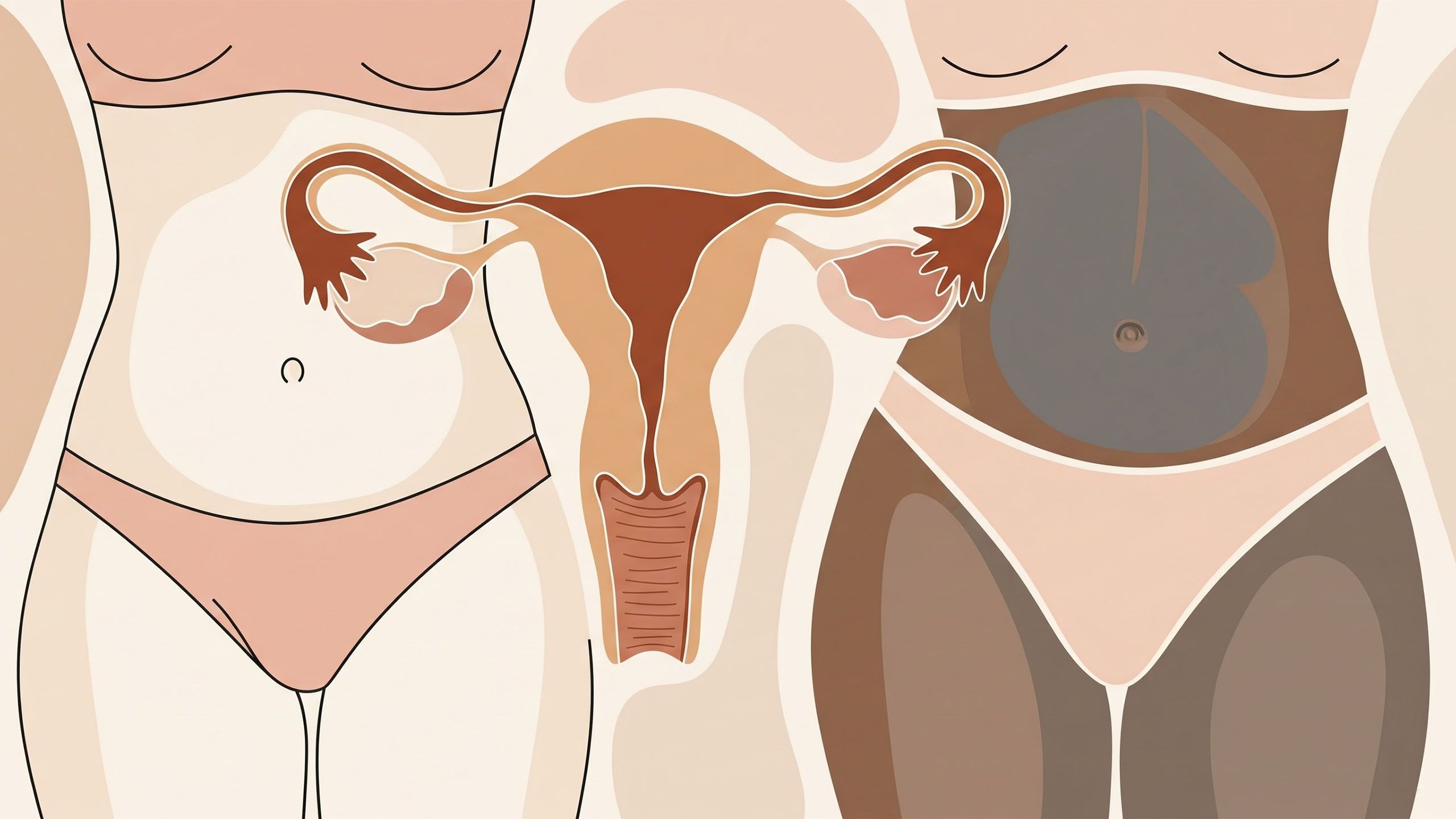Understanding Vaginal Health: Dispelling Common Myths

Vaginal health is often surrounded by misconceptions that can lead to confusion and unnecessary stigma. One persistent myth suggests that vaginal infections are primarily linked to sexual behavior or a lack of personal hygiene.
This article aims to provide a clear, evidence-based perspective on vaginal infections, their causes, and their relationship to sexual activity, fostering a neutral and informed understanding of this important health topic.
What Are Vaginal Infections?
Vaginal infections, medically termed vaginitis, occur when the natural balance of microorganisms in the vagina is disrupted, leading to symptoms such as unusual discharge, itching, burning, or discomfort during urination or sexual activity. Common types of vaginal infections include bacterial vaginosis (BV), yeast infections, and trichomoniasis. Each has distinct causes and characteristics, and understanding these differences is key to addressing misconceptions.
Causes of Vaginal Infections
Vaginal infections can arise from a variety of factors, many of which are unrelated to sexual activity. Bacterial vaginosis, the most prevalent vaginal infection, results from an imbalance in the vaginal microbiome, often triggered by factors such as douching, hormonal changes, or antibiotic use. Yeast infections are typically caused by an overgrowth of Candida, a naturally occurring fungus, which can be influenced by factors like diabetes, stress, or medications. Trichomoniasis, caused by a parasite, is a sexually transmitted infection (STI), but it is the exception rather than the rule among vaginal infections.
Non-sexual factors, such as tight clothing, poor ventilation, or changes in pH levels, can also contribute to infections. For example, wearing non-breathable fabrics may increase moisture in the vaginal area, creating an environment conducive to yeast growth. These diverse causes highlight that vaginal infections are not solely tied to sexual behavior or personal hygiene.
Vaginal Infections and Sexual Activity
A common misconception is that vaginal infections are inherently linked to sexual activity, particularly frequent or varied sexual partnerships. While trichomoniasis is transmitted through sexual contact, other infections like BV and yeast infections are not exclusively tied to sexual activity. Bacterial vaginosis can occur in individuals regardless of sexual history, and yeast infections are common among people who are not sexually active, including adolescents and older adults.
Sexual activity can sometimes increase the risk of certain infections, such as BV, due to changes in the vaginal environment, but this is not evidence of improper behavior. Instead, it reflects the complex interplay of biological factors. Regular use of protective measures, such as condoms, and routine medical check-ups can help manage risks, but infections can still occur due to non-sexual factors.
Addressing Stigma and Misinformation
Labeling vaginal infections as a consequence of specific behaviors oversimplifies a complex health issue and perpetuates harmful stereotypes. Health outcomes are influenced by a range of factors, including genetics, lifestyle, and environmental conditions, not just individual choices. Education about vaginal health should focus on empowering individuals with accurate information, encouraging open conversations with healthcare providers, and promoting proactive health practices.
For instance, maintaining vaginal health involves understanding personal risk factors, such as avoiding irritants like scented soaps or practicing safe hygiene habits. Routine gynecological exams can help detect and treat infections early, reducing complications. By prioritizing factual knowledge over myths, individuals can make informed decisions about their health without fear of judgment.
Conclusion
Vaginal infections are a common health concern that can affect anyone, regardless of their sexual history or lifestyle. By dispelling myths that tie these infections to specific behaviors, we can foster a more inclusive and accurate understanding of vaginal health. Education, open dialogue, and access to medical care are essential for addressing vaginal infections effectively. Encouraging individuals to seek professional guidance and understand their bodies can lead to better health outcomes and a more balanced perspective on this natural aspect of human physiology.
Disclaimer: The articles and information provided by the Vagina Institute are for informational and educational purposes only. This content is not intended to be a substitute for professional medical advice, diagnosis, or treatment. Always seek the advice of your physician or another qualified health provider with any questions you may have regarding a medical condition.


 English
English  Deutsch
Deutsch  Español
Español  Français
Français 




